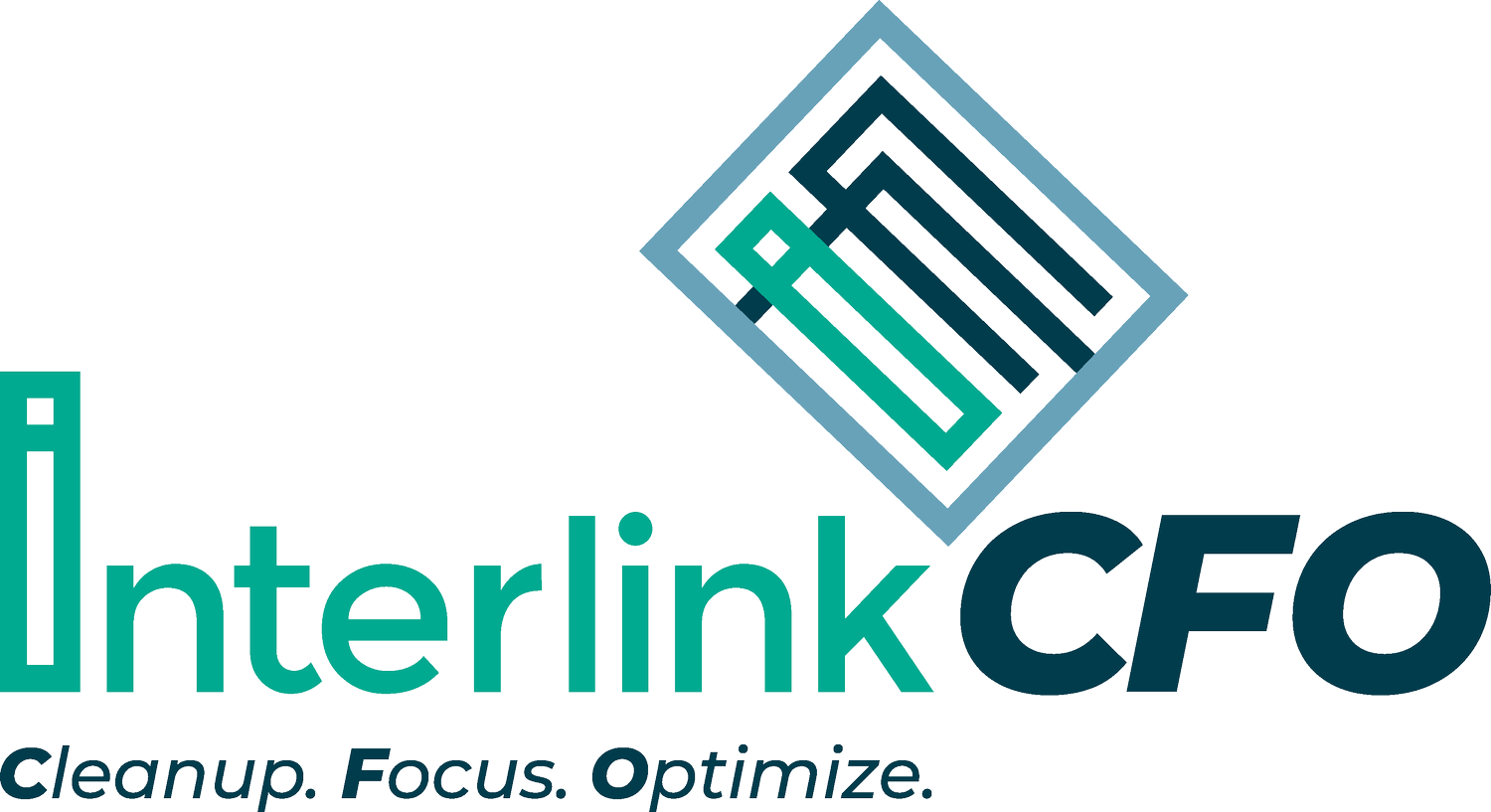Business Growth Strategies for Family-Owned and Small Business Success
Running a small business means wearing all the hats—from CEO to customer service to part-time therapist (yes, even for your team). However, hustle alone won't cut it when you’re ready to grow, transition leadership, or explore the idea of selling your business someday.
You need strategy, structure, and a plan that supports long-term success, whether you’re the founder of a bustling startup or leading the second generation of a family-owned business.
We will look at three of the most important (yet most overlooked) areas of business growth: strategic scaling, succession planning, and sale readiness. We’ll also touch on the unique complexities of family businesses and how to handle them without sacrificing relationships or results.
1. Strategic Scaling: Grow With Intention, Not Just Ambition
Scaling a small business shouldn’t mean simply saying yes to more work. Rapid growth can quickly lead to burnout, financial strain, and operational chaos without a clear strategy.
Instead, think of scaling as smart expansion—doing more of what works, with systems in place to support it.
Here’s where to focus:
Cash Flow Management: Growth requires cash, but many small businesses grow themselves into debt. A fractional CFO can help you forecast accurately, manage expenses, and ensure you have the capital needed to expand sustainably.
Product Line or Service Evaluation: Are all your offers profitable? It’s easy to pour time into the wrong revenue streams.
Operational Efficiency: Scaling means systems before sales. Adopting automation tools, refining your hiring process, or tightening up workflows.
Growth isn’t just a goal—it’s a process. And it should support your lifestyle, not consume it.
2. Succession Planning: Future-Proofing Your Business
Succession planning often gets put on the back burner—until it’s suddenly urgent. Illness, retirement, unexpected exits… these things happen. Without a plan, even a thriving business can fall apart overnight.
Here’s what succession planning involves:
Identifying Successors Early: Whether it’s a team member, a family member, or an outside hire, grooming a future leader takes time and effort. Training, mentorship, and trust are key.
Documenting Your Processes: Your daily decisions can’t live solely in your head. SOPs (standard operating procedures) should outline everything from client onboarding to payroll processing.
Legal & Financial Frameworks: Are your business agreements, ownership shares, and buy-sell clauses current? An outdated operating agreement can cause massive headaches later.
Succession planning isn’t just about stepping away—it’s about ensuring your business continues to thrive without you at the center of it all.
3. Building a Business That’s Ready to Sell (Even If You’re Not Selling Yet)
Business owners should operate like they’re preparing to sell—even if they never plan to. Why? Building a sale-ready business creates structure, reduces risk, and increases your business’s value.
Buyers (and investors) look for:
Reliable Revenue Streams: Consistent income and diversified client bases reduce risk.
Owner Independence: If the business relies solely on you, it’s harder to sell and scale.
Clean Financials: Avoid red flags and guesswork. You need accurate, up-to-date books, clear contracts, and clear margins.
Strong Team & Culture: A business with engaged, capable employees will always be more attractive to a buyer, or easier to step away from if you decide to keep it in the family.
Whether your exit is 10 years away or just a “someday” thought, now is the time to lay the foundation.
4. The Family-Owned Factor: Navigating Growth with Legacy in Mind
If your small business is also family-owned, you're not just growing an organization—you're safeguarding a legacy. But with that legacy comes a unique set of challenges:
Blurred Boundaries: Things can get blurred when your coworker is your cousin. Clear job descriptions and communication are essential.
Generational Differences: Passing a business down from one generation to the next requires a shared vision. Open discussions and strategic planning can help avoid any future issues.
Emotional Decision-Making: Family ties can sometimes cloud our business decisions. A neutral third party, like a Fractional CFO, can help avoid clouded decision-making.
Legal Issues: Proactively establishing formal legal frameworks can help protect the business interests and avoid family tensions for future generations.
When handled intentionally, family dynamics can become your greatest strength, not your biggest stressor.
Start by getting everyone aligned on the business goals first. Then, structures that support the business and family relationships, such as formal performance reviews, clearly defined leadership roles, and transparent financial oversight, should be established.
Whether you’re aiming to grow, preparing for a leadership transition, or just want to make smarter financial decisions, the future of your business depends on the plans you put in place today.
A fractional CFO helps with your numbers, yes—but more importantly, we help you see the big picture: how to protect your business, preserve your legacy, and create options for what’s next.
Let’s build a business that’s built to last—together. Contact Interlink CFO today to learn more about business growth strategies for your small or family-owned business.
